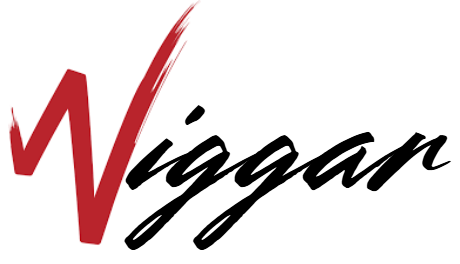Fences and gates stand as essential components in the architectural landscape. They define boundaries, enhance security, and augment curb appeal for residential and commercial properties alike.
While wood fencing exudes timeless charm with its natural warmth and versatility, composite fencing represents a contemporary alternative, boasting durability and eco-friendliness.
In this blog, we delve into the nuanced qualities of wood and composite fencing, particularly in the context of gates. By comparing the traditional allure of wood against the innovative features of composite materials, we will try to see how you can know what suits you best!
The Timeless Charm of Wood Fencing
Wood fencing has been here for a long time. It has been gracing landscapes with its natural warmth and rustic appeal from time immemorial.
From classic picket fences to sturdy privacy barriers, wood offers a versatile canvas for homeowners to express their style and enhance curb appeal.
Its organic textures and earthy hues blend seamlessly with outdoor surroundings, creating an inviting atmosphere for gatherings or quiet moments of solitude. However, despite its aesthetic virtues, wood fencing demands diligent upkeep to withstand the elements and resist decay over time. Understanding the nuances of wood species and maintenance practices is essential for preserving the enduring charm of this traditional fencing material.
Pros and Cons of Wood Fencing
Wood fencing has stuck around for so long so there must be a reason…
If you’re thinking that, you’re right!
One of its most notable advantages lies in its natural beauty, exuding a rural character that enhances any property. Additionally, wood fencing is often more affordable compared to alternative materials, making it an accessible option for homeowners seeking to define their outdoor spaces.
But since it has stuck around for so long, it must’ve gotten old as well…
If you’re thinking this as well, you’re right again!
Wood fencing is prone to rot, warping, and insect damage. This is especially true in regions with high humidity or significant temperature fluctuations. To mitigate these issues, diligent maintenance routines involving sealing, staining, and periodic inspections are essential.
Yet, despite its drawbacks, the enduring appeal of wood fencing remains strong. It continues to offer homeowners a classic choice for privacy, security, and aesthetic enhancement of their outdoor environments.
The Rise of Composite Fencing
Composite fencing has recently emerged as a modern shift in the world of outdoor fencing solutions. Composed of a blend of wood fibers and recycled plastic, composite materials offer a durable and environmentally friendly alternative to traditional wood fencing.
What sets composite fencing apart is its remarkable resistance to common issues faced by wood fencing, such as rot, decay, and insect infestations. Additionally, composite fencing requires minimal maintenance, saving homeowners time and effort in the long run. With a wide array of styles and colors available, composite fencing allows for creative expression while ensuring lasting durability.
While the initial cost of composite fencing may be higher compared to wood, its longevity and low maintenance requirements often translate into significant cost savings over time. As sustainability and durability become increasingly important considerations for homeowners, composite fencing continues to gain traction as a reliable and eco-conscious fencing option.
Choosing The Right Material For You
When it comes to gates, the choice between wood and composite materials involves several critical considerations.
Wood gates offer a classic appeal, blending seamlessly with traditional wooden fencing. However, they require regular maintenance to prevent warping, rotting, and insect damage. On the other hand, composite gates boast exceptional durability and minimal maintenance requirements, making them ideal for busy homeowners seeking convenience and longevity.
Composite gates are resistant to moisture, rot, and pests, ensuring years of reliable performance with minimal upkeep. Additionally, composite materials offer uniformity in color and texture, providing a modern aesthetic that complements contemporary architectural styles. Whether you prioritize rural vibes or modern efficiency, selecting the right material for your gate depends on factors like maintenance preferences, budget, and desired lifespan. Understanding the nuances between wood and composite gates empowers homeowners to make informed decisions that align with their unique needs and preferences.

